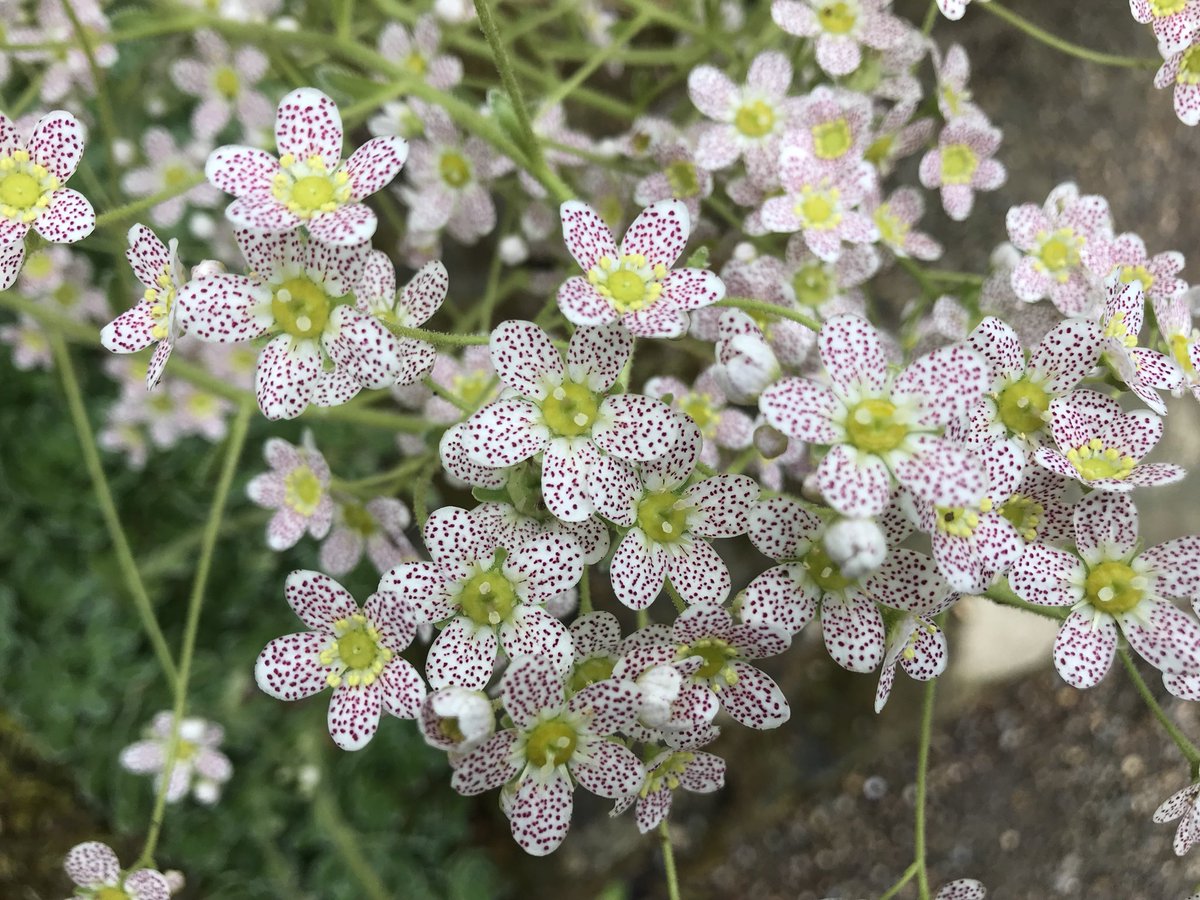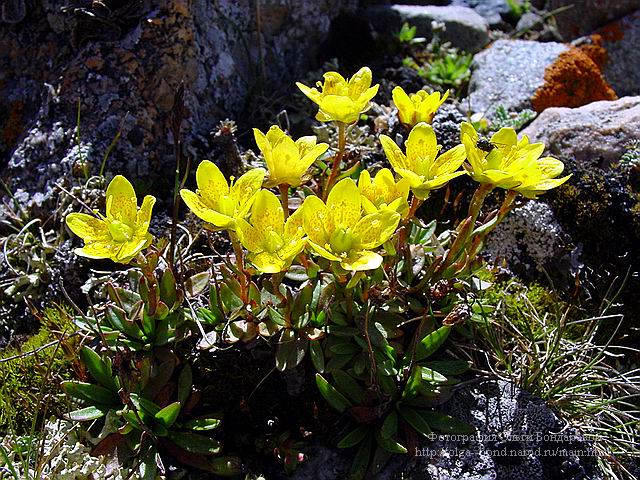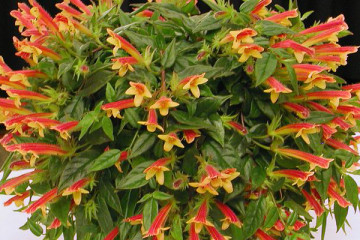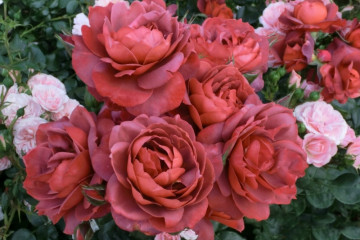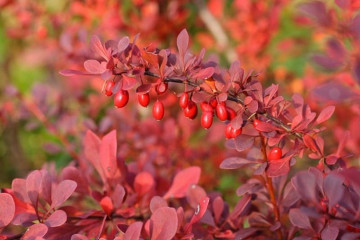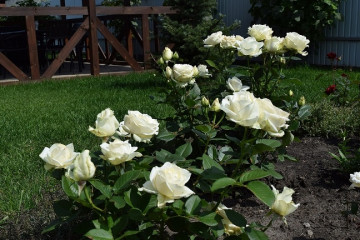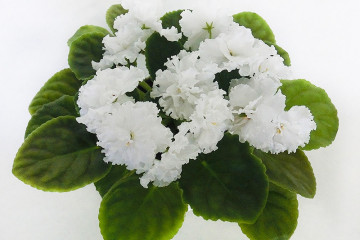Popular varieties of saxifrage flower - description
Content:
Saxifrage is famous for varieties with completely different characteristics of inflorescences and foliage. Most varieties are easy to care for, which makes the flower extremely popular.
Biological description
Saxifrage is a herbaceous perennial plant. Part of the Kamnelomkov family. The genus is the largest in terms of the number of species in this family. Some species are included in the Red Book.
The height of the plant can be different depending on the species, from 5 to 70 cm. Leaves are of different shapes, like inflorescences. Most varieties have a grayish limescale on the leaf surface. Some varieties resemble moss in appearance. The flowers are small. Long flowering.
Popular species and varieties
The saxifrage flower whose species are very diverse is very often used in landscape design.
Arends' saxifrage
The variety belongs to the variety of bryophyte saxifrage and is most common among flower growers. The height of the plant is 10-20 cm. The deciduous part is similar to round soft pillows. The foliage is a rich green hue, the inflorescences rise on a long peduncle. The flowers are white or pink. The flowering period occurs in late May - early June.
Three-fork saxifrage
The foliage height is only 5-7 cm. The hybrid is used as a ground cover. The leaves are carved, dark green, thick. Petioles are crimson. Flowers bloom on long peduncles. Inflorescences are white, five-petal.
Saxifrage paniculata
Saxifrage paniculata saxifraga paniculata is distinguished by fleshy pointed leaves. There is a bluish bloom on the surface of the sheet. Inflorescences are white-yellow. Flowers are small, collected in panicles. Prefers to grow on lime-rich soil.
Saxifrage shadow
Saxifrage shady saxifraga urbium variegata prefers to grow in partial shade. The foliage of the shady saxifrage is lush, rich in green shade, 10-15 cm high. The shady saxifrage Variegata blooms in May-June. The flowers are small, white, inconspicuous.
Wicker saxifrage
The species belongs to indoor plants. In summer, homemade saxifrage can be planted as an ampelous plant outside. The foliage is oval, covered with soft villi. The leaves are green with white stripes, the underside is purple. The indoor flower is distinguished by nondescript flowers. Blooms from May to September.
Soddy saxifrage
The height of the plant reaches 20 cm. The colors of the inflorescences are white, red and pink. The flowering period is from May to June. Deciduous rosette grows well. The flower can grow even on slightly acidic and nutrient-poor soil. Practically does not need additional feeding.
Saxifrage mossy
Differs in creeping shoots. The foliage is dense, emerald in color. The edges are dissected into thin shoots.The flowers are small, milky. The variety received this name because of the similarity with moss.
Round-leaved saxifrage
Round-leaved saxifrage grows from 15 to 60 cm. The foliage is dense, rounded. The edges are jagged. Blooms from June to August. Flowers appear on long pedicels, gathered in panicles. The flowers are white with red dots on the petals.
Other species and varieties
Description of other varieties:
- Marsh saxifrage is listed in the Red Book of the Moscow Region. Plant height varies from 10 to 40 cm. Stems are erect, foliage is dark marsh color. Flowers are yellow.
- Snow saxifrage grows mainly in the Arctic. Plant height is about 20 cm. Leaves are green-red. The flowers are white, small, collected in large spherical inflorescences. The stem is single, leaves do not grow on it. The flowering period is in the middle of summer.
- The opposite-leaved saxifrage grows in the tundra zone. The leaves are small, opposite. The stems form lush, green thickets. The flowers are pink, by the end of summer they become lilac, solitary. Up to 2 cm in diameter. Blossom closer to early spring. The view is used to decorate alpine slides. The variety is listed in the Red Book of the Murmansk Region.
- The Manchurian saxifrage is distinguished by variegated leaves. It belongs to dwarf plants, forms many roots. The root system is close to the soil. Leaves are dense, dark green. The flowers are pink, collected in loose inflorescences. It blooms twice a year - in summer and closer to autumn. It prefers to grow in dark areas where there is diffused light.
- Saxifrage hard-leaved prefers to grow in meadows and marshy soils. Loose wood is formed as it grows. The foliage is wedge-shaped, marsh-colored. Very tough to the touch. The flowers are small, yellow. Five-leafed in shape. The flowering period is from June to July. Winter-hardy, unpretentious culture. Prefers to grow in partial shade in a calcium-rich soil.
Features of plant care and growing
The houseplant saxifrage is unpretentious. For it to grow normally, it is enough to properly organize and maintain care. Growing conditions:
- Does not need frequent watering. It is necessary to irrigate the soil as it dries out. After the saxifrage house flower grows, it will itself retain moisture in the soil.
- It is not necessary to weed the soil. You just need to regularly pull the weeds.
- Shelter is not required for the winter. Since the plant is native to the north, it can survive even very severe frosts.
The flower is resistant to diseases and pests. Diseases can appear due to improper care.
Pest and disease control
Saxifrage ailments are fought with the following methods:
- by spraying with copper-containing preparations;
- use insecticides from spider mites;
- from powdery mildew treatment with Fundazol helps;
- spraying with Karbofos helps from the worm;
- with rust in the plant, the affected leaves are cut off and sprayed with foundation;
- aphids are destroyed by spraying with a soapy solution with the addition of ash.
You can not do without applying top dressing to the ground. It is not advisable to use nitrogen-containing substances as fertilizers.
Top dressing and reproduction
Houseplants are fed all year round. You can use the same fertilizers as for outdoor plants. In spring and summer, fertilizing is applied every 2 weeks. In the fall, once every 45 days. In winter, every two months.
The flower reproduces in several ways. The most common are cuttings and dividing the bush.You can start reproduction only after flowering. How grafting goes:
- Press long shoots (antennae) to the ground and fix.
- Sprinkle with soil, water and make sure that the soil is always moist.
- In autumn, mulch the soil and cover with foliage.
- In the spring, you need to check how the whiskers have rooted and cut them off from the mother plant.
- Drop off separately.
For reproduction by dividing the bush, adult, well-grown bushes are suitable. Dig up the plant and cut the rhizome into several pieces (not very small). Place them in new places. They take root quickly. Immediately after transplanting, the soil is watered abundantly with warm water.
Landing in open ground:
- seeds can be planted directly into open ground;
- seedlings should appear in 2-3 weeks, if after this time they did not sprout, then they will no longer sprout;
- before sowing, peat, sod soil and river sand are added to the soil;
- the distance between the seedlings before transplanting is left 20 cm.
For planting seedlings, it is better to choose a dark and dry place. The main thing is that moisture does not stagnate.
The saxifrage is an interesting plant native to the north. It is able to survive even severe frosts, which is why it has become so common in the middle lane, where frosts can sharply hit.

